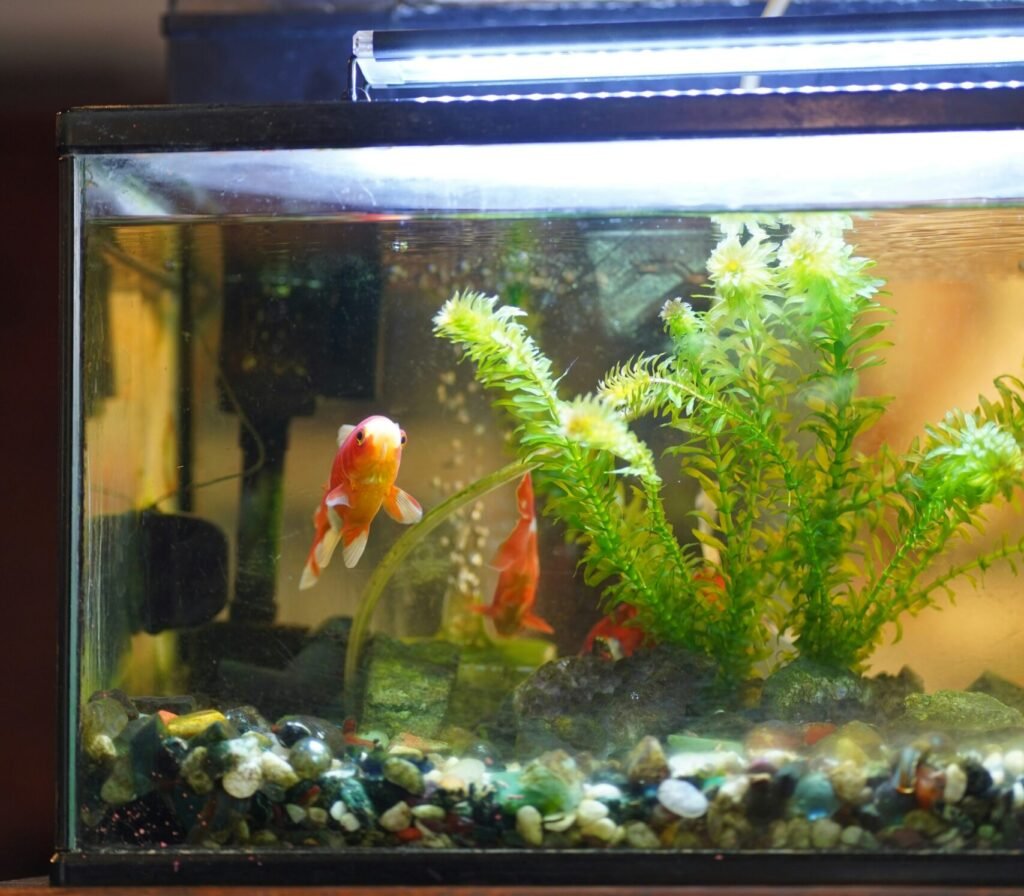An aquarium heater is a vital component for maintaining the correct temperature in your fish tank, especially for tropical species like Bettas, angelfish, and tetras. However, over time, heaters can accumulate mineral deposits, algae, or other debris, which may affect their efficiency. Regular cleaning and proper maintenance ensure that your heater operates effectively, providing a safe and stable environment for your aquatic pets. In this guide, we’ll explore the best methods to clean and maintain your aquarium heater.
Why Cleaning Your Aquarium Heater Is Important
A clean heater is essential for the health and safety of your aquarium:
- Improved Efficiency: Debris and buildup can prevent the heater from distributing heat evenly.
- Prevents Malfunction: Regular maintenance reduces the risk of overheating or underheating.
- Extends Lifespan: Proper care prolongs the life of your heater, saving you money in the long run.
- Maintains Stable Temperature: Stable water temperatures are crucial for fish health and stress reduction.

When to Clean Your Aquarium Heater
The frequency of cleaning depends on your tank’s environment:
- Monthly Maintenance: If you notice visible algae or mineral buildup, clean the heater monthly.
- During Water Changes: Cleaning the heater during scheduled water changes is convenient and ensures consistent maintenance.
- After Malfunctions: If the heater isn’t maintaining the correct temperature, inspect and clean it immediately.
How to Clean an Aquarium Heater
Follow these steps to safely and effectively clean your aquarium heater:
Step 1: Turn Off and Remove the Heater
- Safety First: Always unplug the heater and let it cool for at least 15-20 minutes before removing it from the tank to avoid burns or damage.
Step 2: Prepare a Cleaning Solution
- Mild Cleaning: Use warm water and a soft sponge for light dirt or algae.
- For Stubborn Deposits: Create a solution of 1 part vinegar to 3 parts water to dissolve mineral buildup.
Step 3: Gently Scrub the Heater
- Use a soft-bristled brush or sponge to clean the heater. Avoid using abrasive materials, as they can scratch the glass or protective casing.
- Focus on areas with visible algae or deposits.
Step 4: Rinse Thoroughly
- Rinse the heater under running water to remove any remaining cleaning solution. Residue can harm your fish.
Step 5: Inspect Before Reinstalling
- Check the heater for cracks, frayed wires, or other damage. If the heater shows signs of wear, consider replacing it.
Step 6: Reinstall and Test
- Place the heater back in the tank and let it acclimate to the water for 15 minutes before plugging it in.
- Monitor the temperature for a few hours to ensure the heater is functioning properly.
Tips for Maintaining Your Aquarium Heater
- Use a Thermometer: Regularly check the water temperature with a reliable thermometer to ensure the heater is working accurately.
- Place the Heater Correctly: Position the heater near a filter outlet or an air pump to distribute heat evenly throughout the tank.
- Avoid Submerging Non-Submersible Heaters: Check whether your heater is fully submersible or not and follow the manufacturer’s instructions.
- Clean the Tank Regularly: Regular tank maintenance helps reduce debris and algae buildup on the heater.
For more maintenance tips, check out Aquarium Overhaul: A Complete Guideline.
Signs Your Aquarium Heater Needs Replacement
Despite regular maintenance, heaters may wear out over time. Watch for these signs:
- Inconsistent Temperature: If your tank temperature fluctuates, the heater may be failing.
- Visible Damage: Cracks, frayed wires, or corrosion indicate it’s time to replace the heater.
- Overheating or Underheating: If the heater can’t maintain the set temperature, it may be malfunctioning.
Conclusion
Maintaining your aquarium heater is crucial for creating a safe and stable environment for your aquatic pets. By following these cleaning and maintenance steps, you’ll ensure your heater operates efficiently and lasts for years. Remember, a well-maintained heater not only protects your fish but also saves you time and money in the long run.
FAQs
1. How often should I clean my aquarium heater?
You should clean your aquarium heater monthly or during regular water changes to prevent buildup.
2. Can I clean my heater while it’s in the tank?
No, always unplug and remove the heater from the tank before cleaning to ensure safety.
3. What should I do if my heater is not working properly after cleaning?
Check for visible damage or malfunctions. If issues persist, replace the heater to avoid endangering your fish.
4. Can I use bleach to clean my aquarium heater?
It’s best to avoid bleach. Use a vinegar solution instead, as it’s safer for your fish and the tank environment.
5. How do I know if my heater is the right size for my tank?
Choose a heater with 5 watts per gallon of water for optimal performance. For larger tanks, consider using multiple heaters.




Pingback: How to Deep Clean Your Aquarium - indooraqua